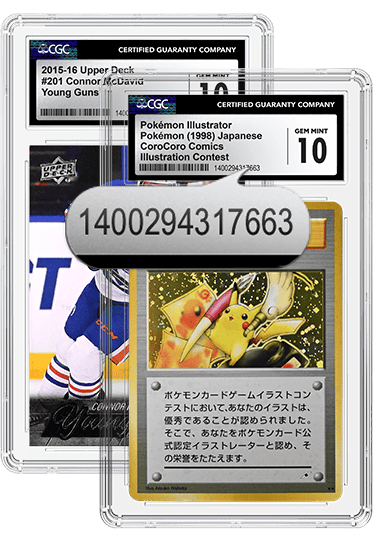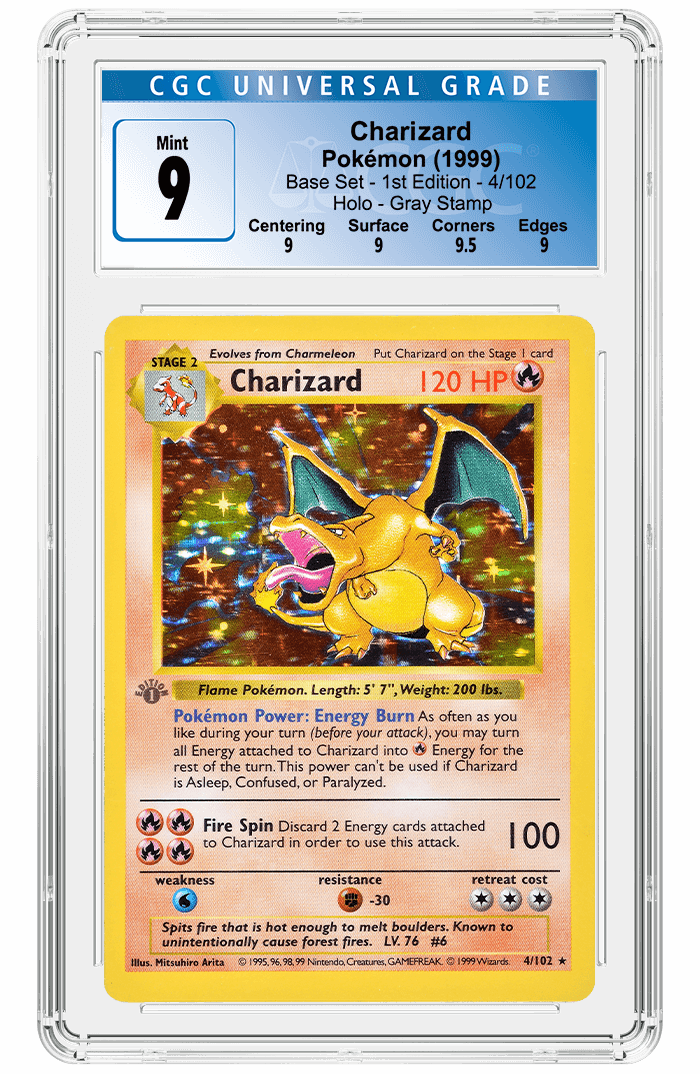Every TCG Has a Story: Yu-Gi-Oh!
Posted on 11/7/2023
In 1996, a manga artist named Kazuki Takahashi began publishing a new manga series in Weekly Shonen Jump — a Japanese comic newsletter that featured new and continuing manga strips each month. This new story, called Yu-Gi-Oh!, introduced a boy named Yugi Mutou who, after solving an ancient puzzle, awakens the spirit of a Pharaoh who uses games to solve various conflicts. The manga was extremely successful; it went on to spawn a massive media franchise that includes multiple anime series, video games and, of course, a trading card game.
The History of the Yu-Gi-Oh! TCG
Originally, the Yu-Gi-Oh! manga was supposed to continuously feature many of the games that the Pharaoh had in his arsenal, including card, dice and board game adaptations. However, when Takahashi introduced a card game called Duel Monsters (also known as Magic & Wizards) in the manga, it generated such a strong interest that Takahashi was inspired to change focus.
Following this shift in the central plot device, Japanese entertainment company Konami approached Takahashi and Weekly Shonen Jump with the offer to produce a physical trading card game based on Magic & Wizards. Both parties accepted, and development on what would become the Yu-Gi-Oh! Trading Card Game began in 1997.
Development and Advertising
Throughout 1997 and 1998, Konami and Takahashi worked together to develop a trading card game that would live up to fans’ growing excitement. As the TCG neared completion in late 1998, Konami began putting out advertisements for the game. Interestingly, these early advertisements reveal that the TCG was to be named “Magic & Wizards,” after the game in the manga. Eventually, this title was scrapped in favor of “Yu-Gi-Oh!.”
Additionally, the advertisements include multiple sizes and cut variations of cards. During the Yu-Gi-Oh! TCG’s development, cards were square-cut instead of rounded and had larger-than-normal borders. Another later advertisement shows rounded corners, though these illustrations were more rounded than the cards that were released in 1999.
CGC Cards™ recently had the honor of grading four of these early-production Test Prints, with each print originating from different times in the TCG’s development. Some examples include this Dark Magician and Blue-Eyes White Dragon, both without their respective names printed in the proper text box. This could indicate that the cards were meant to test the printing process or the artwork.
Release
The Yu-Gi-Oh! TCG was slated to be released in January 1999, and fans eagerly anticipated its debut. Unfortunately, Volume 1 (the first Official Card Game Set) was pushed back by one month for last-minute changes. When it was released, it came with its new name — “Yu-Gi-Oh!” The Magic & Wizards logo was also removed from booster boxes and packs and replaced with the new name.
Following its release in Japan, Konami partnered with Upper Deck Entertainment in 2002 to begin releasing the Yu-Gi-Oh! TCG in territories outside of Asia. The TCG was released to North American audiences in March 2002, where it became extremely successful. In 2009, the Yu-Gi-Oh! TCG was named the top selling TCG in the world by Guinness World Records. By 2021, the game had sold around 35 billion cards worldwide.
CGC Cards began accepting Yu-Gi-Oh! cards for certification in 2022. Since then, the company has graded over 29,000 Yu-Gi-Oh! cards, according to the CGC Cards Population Report. Many of these CGC-certified Yu-Gi-Oh! cards, including rarities such as an Upper Deck The Seal of Orichalcos, have been featured in auctions where they have realized impressive prices.
Believe in the heart of the cards — send yours to CGC Cards today for expert authentication, grading and encapsulation services. To learn how to submit your Yu-Gi-Oh! cards, click here.
Stay Informed
Want news like this delivered to your inbox once a month? Subscribe to the free CGC eNewsletter today!











